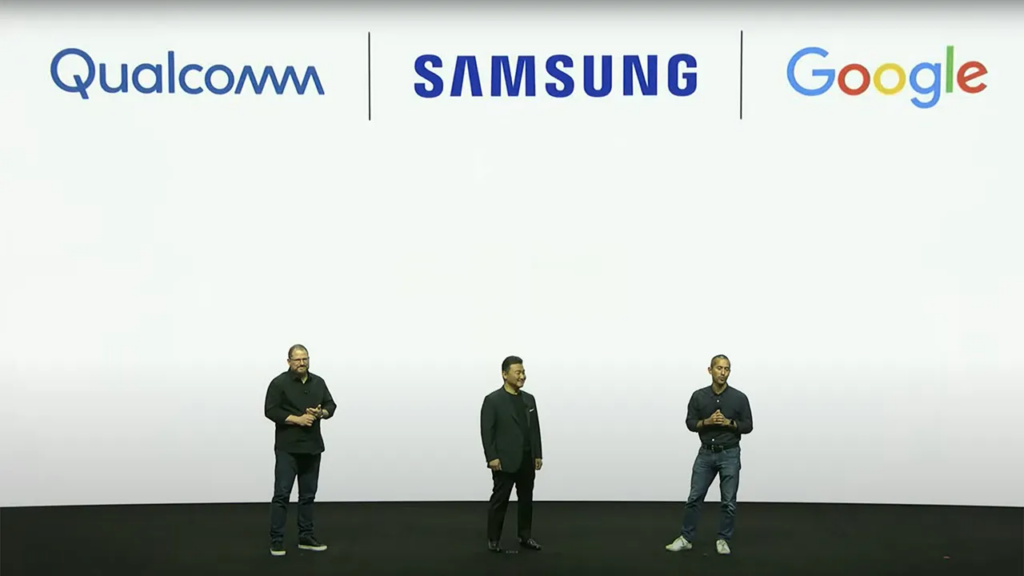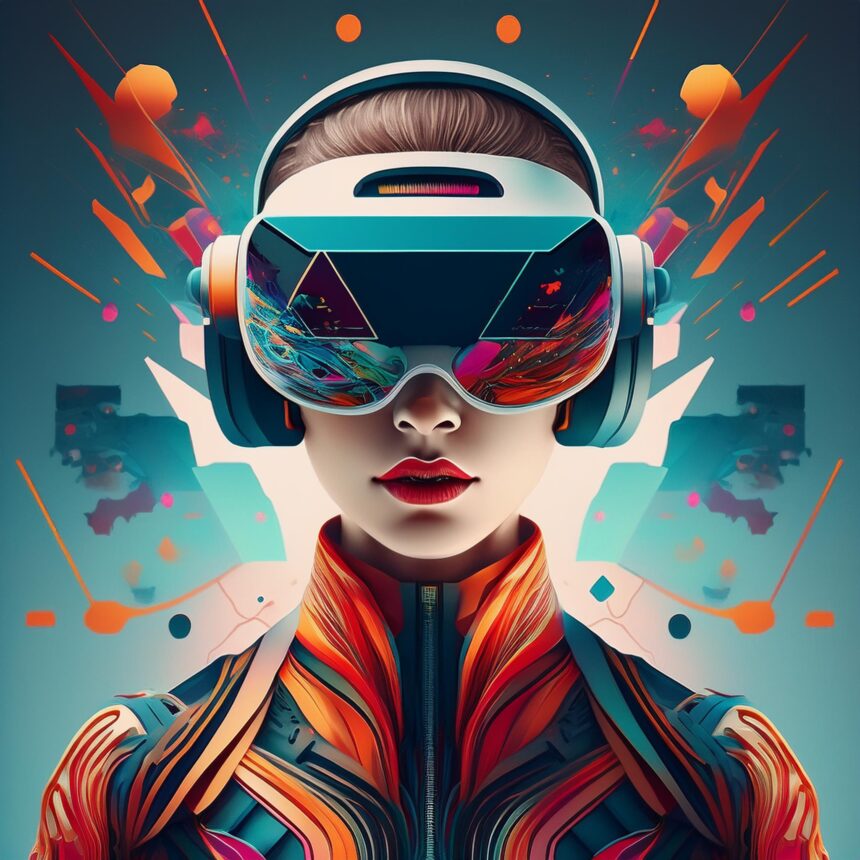Qualcomm, in partnership with Google and Samsung, is developing new mixed-reality glasses that promise to blend digital and physical worlds like never before. Qualcomm’s CEO, Cristiano Amon, shared insights into this new venture, emphasizing how the glasses will connect seamlessly with a smartphone to offer immersive experiences. This is an exciting collaboration for Qualcomm as it seeks to expand its footprint in the mixed-reality space, leveraging its expertise in mobile chipsets.
What’s Happening & Why This Matters
Qualcomm’s mixed-reality project aims to create glasses that are not just tech gadgets but also fashion accessories, light enough to feel like regular eyeglasses. Amon hinted at this new development during the Samsung Galaxy S23 Unpacked event, where both he and Google’s Hiroshi Lockheimer, SVP of Platforms and Ecosystems, discussed their ongoing efforts to deliver “highly immersive digital experiences.”
Amon spoke to CNBC about the success of the Ray-Ban Meta Smart Glasses, which use Qualcomm’s Snapdragon AR1 Gen 1 platform, and how this success has paved the way for the next generation of devices. He noted that the integration of generative AI into these glasses would make them far more valuable and practical, envisioning a future where everyone who owns a smartphone might consider purchasing these companion glasses.

Although specific details remain sparse, Amon emphasized that the glasses would be lightweight and easy to wear, suggesting they might eventually become as ubiquitous as regular glasses or sunglasses. This development aligns with a demo seen at Google I/O in May, where a prototype, known as Project Astra, showed how the glasses could overlay an AR display over a real-world view.
TF Summary: What’s Next
The collaboration between Qualcomm, Google, and Samsung on mixed-reality glasses is a step towards making augmented reality more accessible and practical for everyday use. By integrating advanced AI and leveraging Qualcomm’s expertise in mobile technology, the partnership can redefine how people interact with digital content. The next steps involve refining the technology to ensure a comfortable, seamless user experience leading to a market release that could shift the dynamics in wearable tech. As the development progresses, it will be interesting to see how these glasses stack up against other AR products like Apple’s Vision Pro.
— Text-to-Speech (TTS) provided by gspeech


